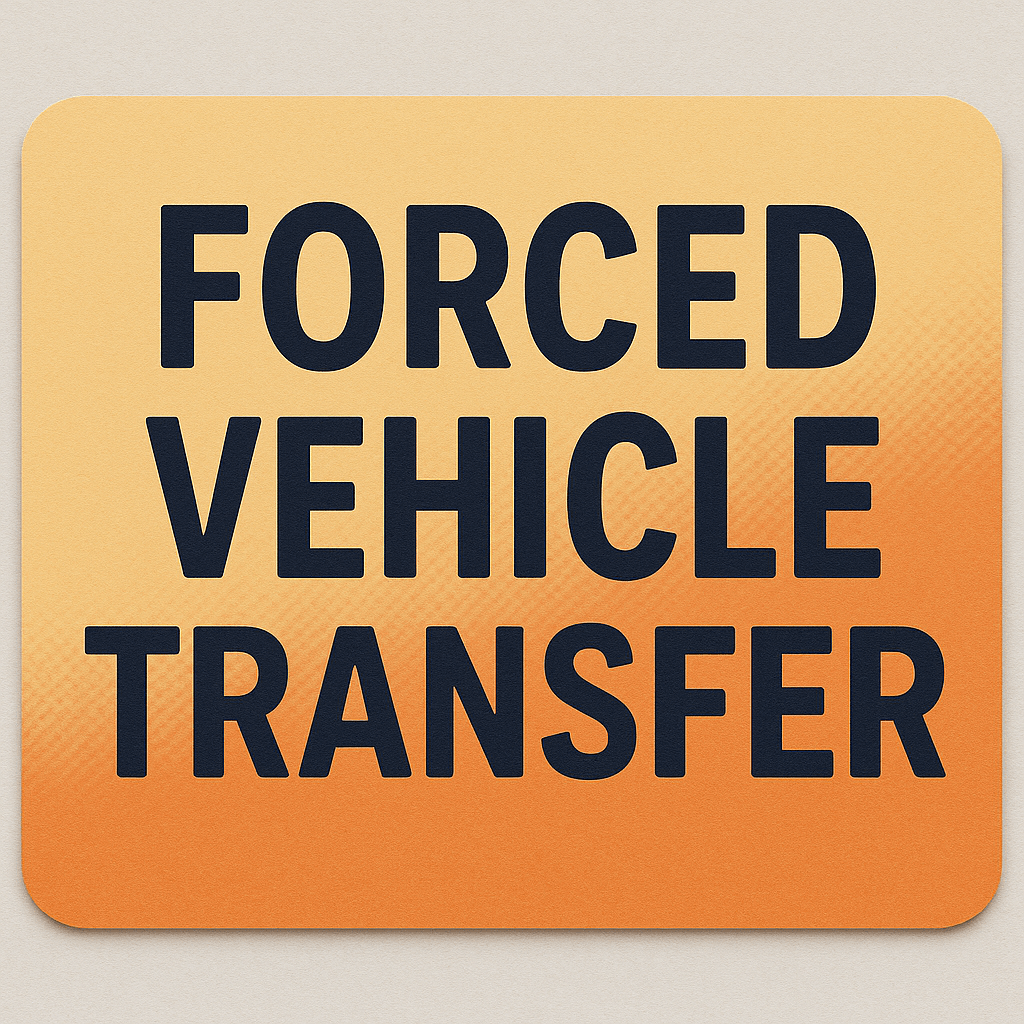9 Best Practices for Buying-Off Your Logbook Loan Successfully in Kenya

If you have taken a logbook loan in Kenya and now want to buy it off—either by clearing the balance or switching to another lender—it is important to do it the right way. A successful buy-off not only gives you full control of your car but can also save you money and protect you from legal issues or delays.
Here are 9 best practices to follow when buying off your logbook loan.
1. Get a Final Loan Statement
Before making any payments, ask your lender for a final loan statement. This should include:
- Outstanding principal
- Accrued interest
- Any penalties or charges
- Validity period of the statement
This gives you a clear figure to work with and avoids underpayment or delays.
2. Negotiate Waiver of Penalties (If Any)
If you are settling the loan early, ask your lender to waive early settlement fees or penalties. Many lenders are open to this, especially if you have been a good client.
Pro tip: Use your repayment history as leverage.
3. Secure Funding in Advance
Whether you are using personal savings, a new lender, or a friend’s support, have the money ready. Delays can lead to extra interest accumulating.
If you are switching lenders, ensure the new lender is ready to disburse directly to the current lender—most prefer it that way.
4. Request a Release Letter
Once payment is made, request a release letter from the lender confirming that the loan has been cleared. This letter is required to:
- Remove the encumbrance on the logbook
- Transfer the logbook to your name if it was under a company or previous owner
5. Follow Up with NTSA to Remove the Loan Charge
After receiving the release letter, submit it via NTSA TIMS to officially remove the lender’s charge from your logbook.
Steps:
- Log in to NTSA TIMS
- Go to "Vehicle Management"
- Select "Discharge of Charge"
- Upload the release letter
This finalizes the buy-off process in government records.
6. Get a Fresh Vehicle Search Report
Once the charge has been discharged, perform a new vehicle search to confirm the logbook is clean. This is important if you plan to:
- Sell the car
- Apply for another loan
- Transfer ownership
7. Update Insurance and Other Records
If your insurance was tied to the lender, notify your insurance provider that the loan has been cleared. You may be eligible for better rates.
Also update your records with:
- Insurance companies
- Car tracking services
- Your accountant (if the car is a business asset)
8. Consider Refinancing With Better Terms
If you’ve built a better credit profile or your car has retained value, you might qualify for a new loan with a lower interest rate or higher limit. Buying off from one lender doesn’t mean the end—it can open up new options.
9. Keep All Documents Secure
Keep copies of:
- Final loan statement
- Payment receipts
- Release letter
- NTSA discharge confirmation
- Updated vehicle search
These are your protection in case of future disputes or claims.
Final Thoughts
Buying off your logbook loan is a smart financial move if you are in a position to do it. But do not rush—do it the right way. Confirm every step, get your paperwork, and ensure your vehicle records are updated.
Need help navigating a buy-off or comparing offers from lenders? Reach out for personalized support and referrals to trusted loan providers in Kenya.
Contact us through our contact form, call us on +254791573231 or visit one of our branches across Nairobi, Kiambu, Machakos, and Kajiado counties to explore your financial opportunities




Comments ()